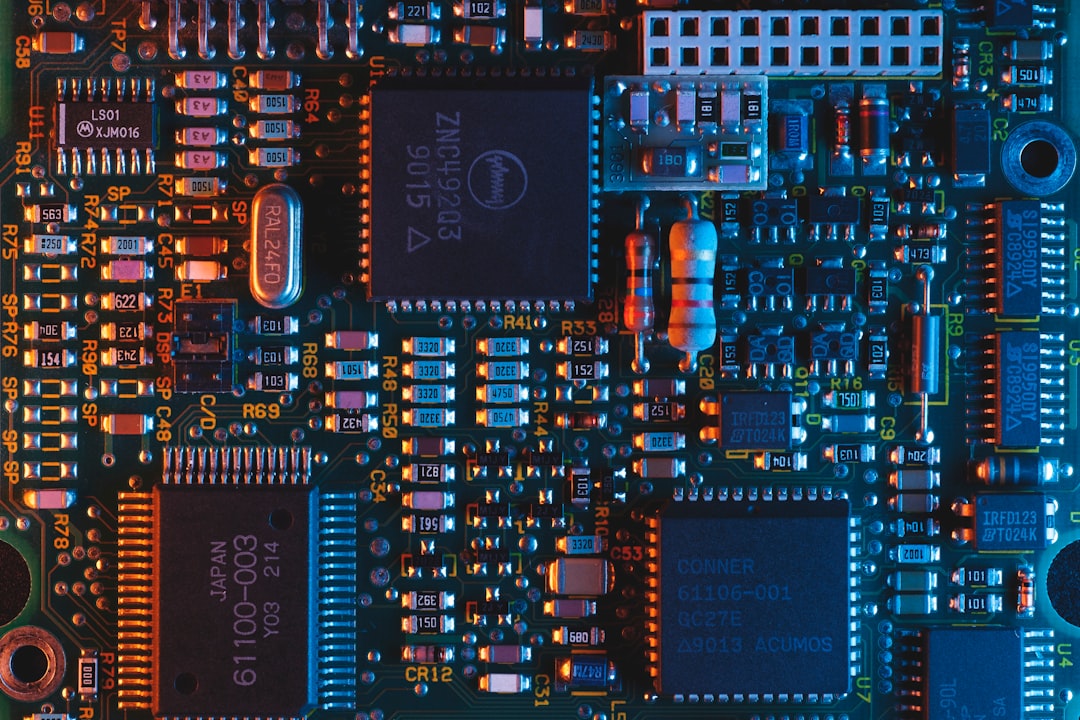What is it about?
Modern computers can perform several complex tasks. The growing demand for computing resources has led to increased power requirements. Due to this, scientists have turned to different approaches to develop faster and more energy-efficient computers. One of them is to mimic the way our brains work, which are extremely efficient at transferring, processing and storing information. This paper provides an overview of electronic devices that are being developed to simulate the nerve cells of the brain. It discusses resistive switching random access memory (RRAM) devices, which can change their resistance to store information. As a result, RRAMs can carry different amounts of current based on the applied voltage. This allows them to work as a memory device for voltage pulses that mimic the signal spikes transmitted between nerve cells. In addition, the paper discusses the main computing processes in the human brain and how they can inspire new memory devices.
Featured Image

Photo by Milad Fakurian on Unsplash
Why is it important?
A modern supercomputer consumes as much power as a small city. To reduce energy costs and carbon footprint, there is a need for more energy-efficient computers. In this regard, RRAMs offer a feasible solution. They are easy to fabricate and their small size makes them suitable for designing brain-like memory devices. KEY TAKEAWAY: RRAMs have the potential to bring the efficiency and computing power of the human brain to a computer chip. As the next stage in the development of computers, they can open doors to faster and more energy-efficient memory devices.
Read the Original
This page is a summary of: Brain-inspired computing via memory device physics, APL Materials, May 2021, American Institute of Physics,
DOI: 10.1063/5.0047641.
You can read the full text:
Contributors
Be the first to contribute to this page










